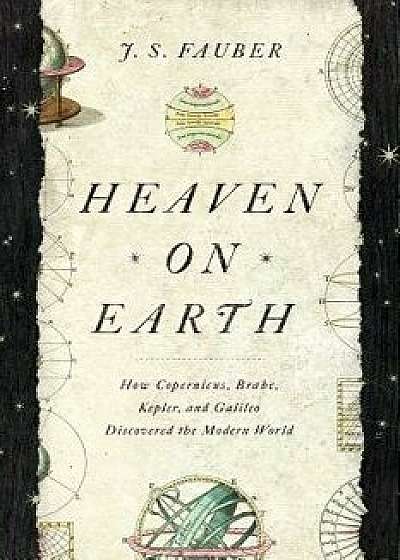
Heaven on Earth: How Copernicus, Brahe, Kepler, and Galileo Discovered the Modern World, Hardcover/J. S. Fauber
Descriere
Description Today we take for granted that a telescope allows us to see galaxies millions of light years away. But before its invention, people used nothing more than their naked eye to fathom what took place in the visible sky. So how did four men in the 1500's--of different nationality, age, religion, and class--collaborate to discover that the Earth revolved around the Sun? With this radical discovery that went against the Church, they created our contemporary world--and with it, the uneasy conditions of modern life. Heaven on Earth is an intimate examination of this scientific family--that of Nicolaus Copernicus, Tycho Brahe, Johannes Kepler, and Galileo Galilei. Fauber juxtaposes their scientific work with insight into their personal lives and political considerations, which shaped their pursuit of knowledge. Uniquely, he shows how their intergenerational collaboration was actually what made the scientific revolution possible. Ranging from the birth of astronomy and the methods of early scientific research, Fauber reveals the human story that underlies this civilization altering discovery. And, contrary to the competitive nature of research today, collaboration was key to early scientific discovery. Before the rise of university research institutions, deep thinkers only had each other. They created a kind of family, related to each other via intellectual pursuit rather than blood. These men called each other "brothers," "fathers," and "sons," and laid the foundations of modern science through familial co-work. And though the sixteenth century was far from the an open society for women, There were female pioneers in this "family" as well, including Brahe's sister Sophie, Kepler's mother, and Galileo's daughter. Filled with rich characters and sweeping historical scope, Heaven on Earth reveals how the strong connections between these pillars of intellectual history moved science forward--and how, without them, we might have waited a long time for a heliocentric model






